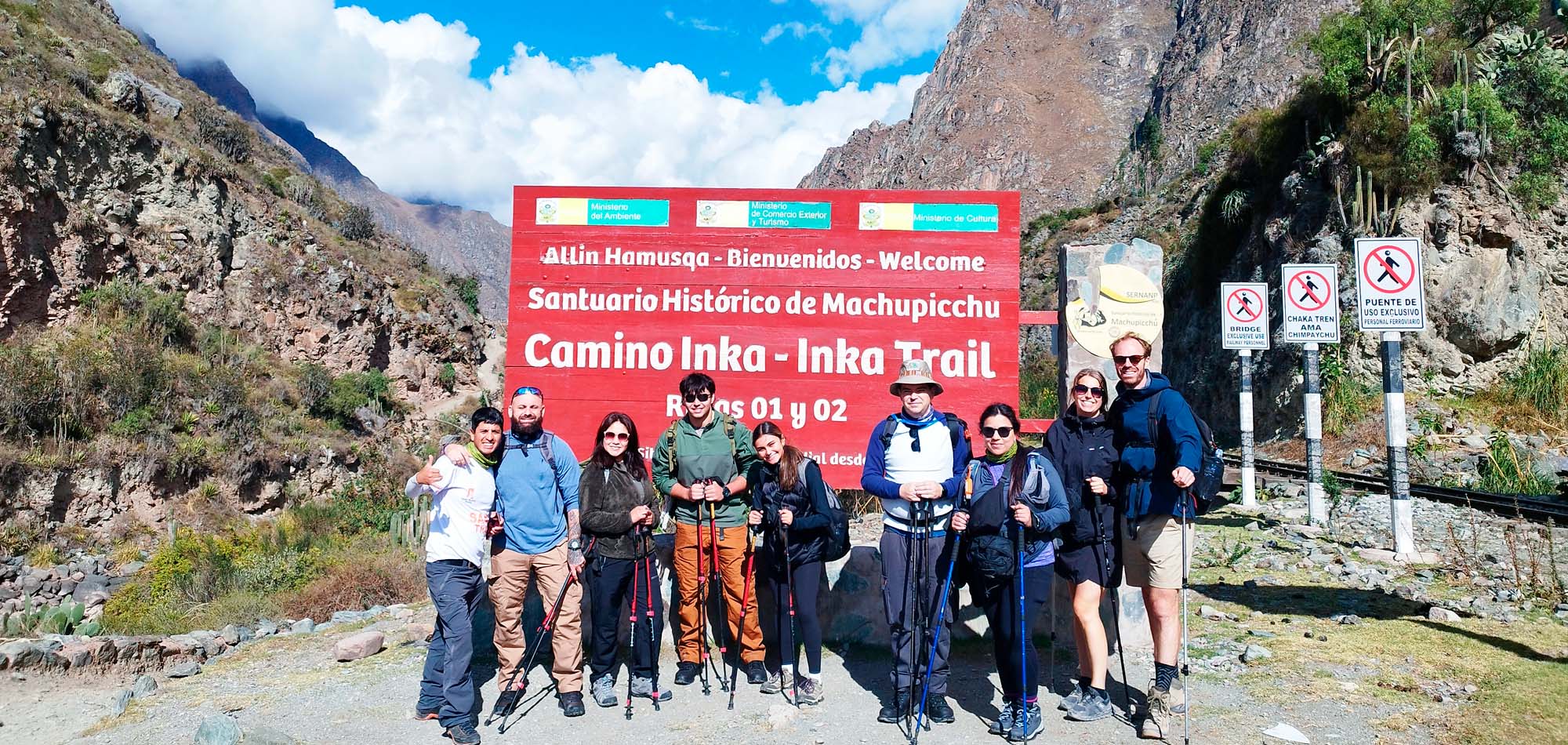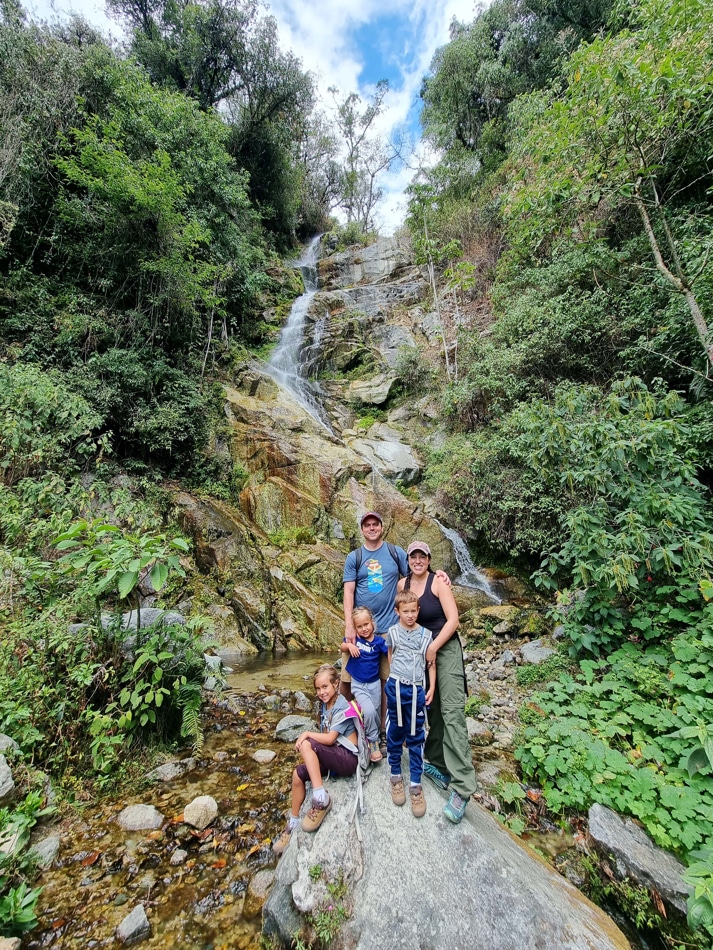
Before the year 2000, people could trek the Inca Trail without a guide or permit. In the 1980s only a few people outside Peru knew about the existence and accessibility of the Inca Trail and Machu Picchu and it only received visitors in the thousands. Fast forward to the late 1990s, with the explosion of social media, the Inca Trail now saw tens of thousands of people starting the trail each day. This included extremely big groups and sometimes with no guides. The Inca trail was now incredibly over populated, the historical ruins were slowing disintegrating, serious damage was being done to the Inca Trail and the extreme pollution started posing a serious risk to the delicate balance of the different ecosystems that exist along trail.
The Peruvian was forced to intervene and start enforcing a few regulation in order to prevent over crowding, overuse and erosion of the trail. They later added more regulation to protect the welfare of the porters and the main highlight of the trek, which is the majestic city of Machu Picchu.
Since the new regulations were put in place in the 2000s, you cannot hike the Inca Trail without a permit and you also need a licensed guide to accompany you, this is to ensure that all regulations are followed.
Step 1: Choose a reputable tour operator licensed to perform Inca Trail treks. Orange Nation and Same travel are some of the best options available.
Step 2: Choose your preferred trek start date and an Alternative date. Permits do and will sell out especially during dry season between May and September.
There is a limited number of 500 permits available per day. Everyone on the trail need a permit, including support staff like cooks, guides and porters. 300 of the tickets are normal taken up by the Inca trail professions, which means only 200 permits are available to trekkers.
Step 3: Once availability is confirmed you need to send your personal details, including a copy of your passport to your tour operator. This has to be accompanied by a non-refundable deposit. They will then purchase the permit on your behalf, only licensed operators can purchase permits.
Send your name and passport number exactly as it appears on your passport. The permits are non-refundable and non-transferrable. This regulation was put into place to avoid price gouging. For this reason the deposit is also non-refundable.
Heads Up: Tickets sell out months in advance. Tickets for 2024 are already on sale. Don´t delay book yours now!
The Inca Trail has a few variation. The 1-day or 2-day short Inca trail. They are same trail, the only different is one is a bit slower then the other and on the 2-Day trail you have to spend a night in Aguas Calientes. The starting point is KM104. The classic Inca Trail can be done over 4 or 5 days and starts at Km82. Another option is the longer 7-day combined Salcantay and Classic Inca Trail trek. Whichever option you choose, a permit is always required. The permits are not the same, because the entry point is different.
As mentioned, you can not buy Inca Trail permits yourself. You have to sign up for a guided trek with a licensed Inca Trail Operator in Peru like Orange Nation Peru. They will then purchase the permit on your behalf.

You want to book your spot on the Inca Trail as early as possible, as the government – issued permits can sell out quickly for the peak trekking season (April to October).
In fact, permits for the most popular months (June to August) can sell out pretty much as soon as they become available, which is usually the previous October.
**** A general rule to follow is to book permits for the Inca Trail at least four to six months in advance to ensure trail availability for treks on the Classic Inca Trail route.
There are limited Inca Trail permits available for each day to protect the integrity and longevity of the trail as well as its archaeological ruins and fragile ecosystems.
The cost of an Inca Trail permit will be included in your tour operator’s package fee. The cost can vary by time of year, nationality, and whether or not you are a card-carrying student or a child. Permit prices are also subject to regular changes. So check with your chosen tour operator for a price breakdown if you want to know the exact permit fee you’re paying.
*** The average price for hiking the 4 day Inca Trail will be around 750USD
Inca Trail permit fees are used for various things, namely: